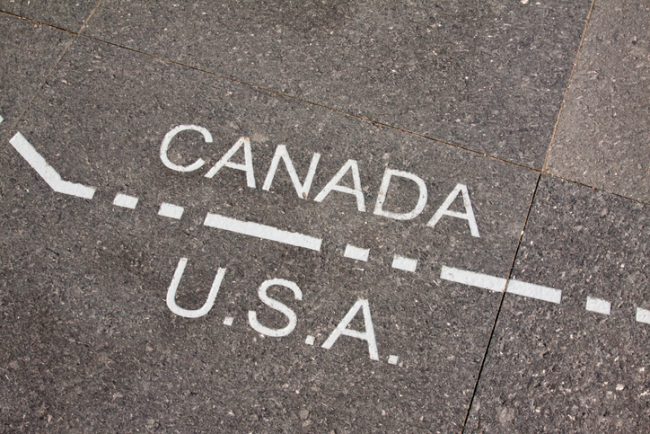
Businesses could adjust to end of NAFTA, but Canadian economy would take a hit
by Canadian Manufacturing.com Staff

Another round of talks wrapped up last week with little progress and further animosity. A new BMO report says the demise of the trade deal would damage both the Canadian and U.S. economies, but would not be an outright disaster

BMO forecast the Canadian economy would see a real GDP reduction of 0.7 per cent to 1.0 per cent, compared to how the economy would otherwise perform, over a five-year period. PHOTO: Getty Images
TORONTO—It would be anything but business as usual, but Canadian companies and policymakers could adjust to the end of the North American Free Trade Agreement in relatively short order if negotiations go south, a new Bank of Montreal report finds.
The worst-case scenario—which U.S. President Donald Trump has long threatened—would be a net negative for the Canadian economy, as well as a mild negative for the U.S., the bank said, but would lead to a period of “manageable risk” for exporters as opposed to outright disaster.
“Policy would not stand still in the event of a negative outcome for NAFTA,” said Doug Porter, chief economist for BMO Financial Group.
“Monetary policy would be looser than it would otherwise be, the Canadian dollar would adjust lower, and even fiscal policy would potentially adjust,” he added. “We expect that Canadian trade policy would be aggressively aimed at diversifying Canada’s interests by securing new arrangements with faster growing economies like the TPP and Mercosur nations, India and China, while seeking to achieve full benefit of the recently enacted Canada-European Union Comprehensive Economic & Trade Agreement.”
With these mitigating factors in place, BMO forecast the Canadian economy would see a real GDP reduction of 0.7 per cent to 1.0 per cent, compared to how the economy would otherwise perform, over a five-year period. It also said consumer prices would be expected to rise 0.8 per cent as a result of a weaker exchange rate and slightly higher tariffs.
The latest round of NAFTA talks wrapped up in Mexico last week with little forward momentum.
U.S. trade czar Lighthizer said Canada and Mexico haven’t been “willing to seriously engage” on major changes to the trade deal, while both Canadian and Mexican negotiators have dismissed a number of U.S. demands as untenable.
David Jacobson, BMO vice-chair and a former U.S. Ambassador to Canada, pointed to the millions of interconnections between Canada and our neighbour to the south.
“No matter what happens in the end with the NAFTA renegotiation, we need to make sure the benefits of trade are maintained as much as possible. It’s encouraging to hear that our economists see that businesses on both sides of the border will be able to adjust.”
In contrast to sentiment from within the White House, the BMO report found the nearly 25-year-old NAFTA deal has been a net positive for all three countries involved.
You can read the full report here.